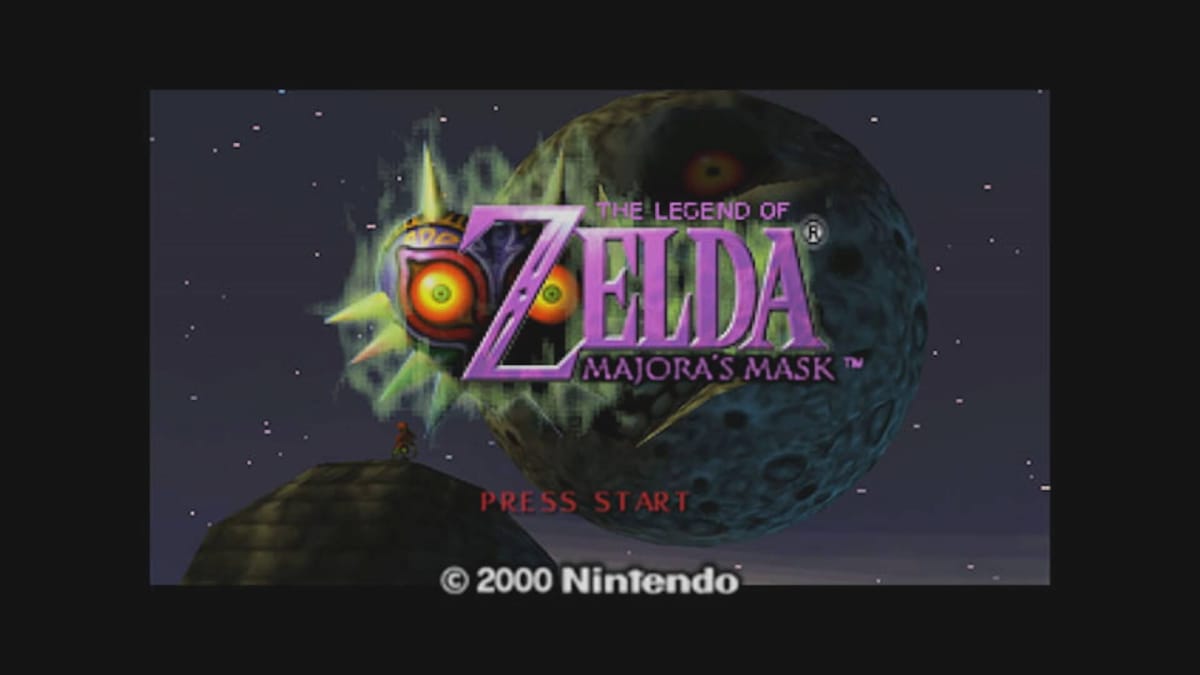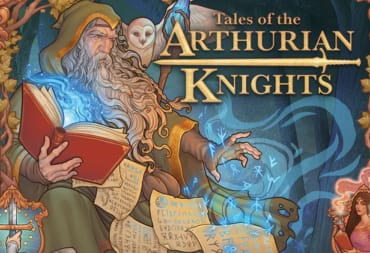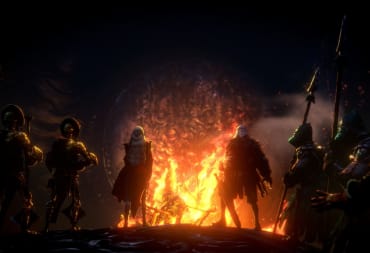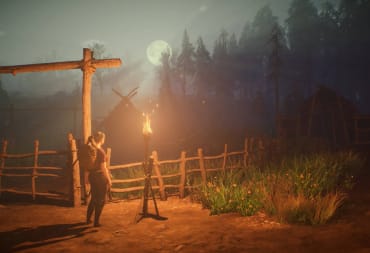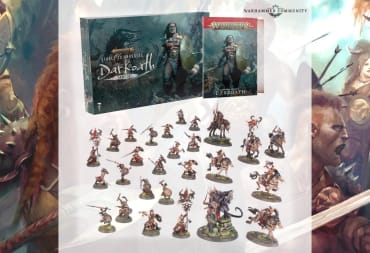Twenty years ago, The Legend of Zelda: Majora’s Mask released in Japan. It was a direct followup to the praised The Legend of Zelda: Ocarina of Time and, thus, had a spectacular act to follow. Majora’s Mask didn’t try to re-enact its predecessor's heroics. Instead, it took a new and different approach. The wisdom of the games’ developers created a unique Zelda title and a strange Nintendo experience. Despite its proximity to the seminal Ocarina of Time, Majora’s Mask has gone down as a bizarre Zelda experience and fully its own tale.
More than an Ocarina of Time Followup
Majora’s Mask was understood as a complementary adventure to Ocarina of Time. GameSpot even began a preview with the following: “Simply put, Nintendo is releasing a side story to The Legend of Zelda: Ocarina of Time for the N64 in this fiscal year.”
This perception as an Ocarina followup was well justified. Majora’s Mask was built in the same graphics engine, and many of the resources from Ocarina, such as character models, were reused in it. It also purportedly picked up right from where Ocarina had left off. It seemed like an expansion or mission pack for Ocarina.
But seeing Majora’s Mask as a direct sequel to a phenomenal game and one of the best of all time didn’t fully tell its story.
One Electronic Gaming Monthly article—the November 1999 issue, which yours truly does still have a copy of—summed up the mixed understanding of the game leading up to its launch.
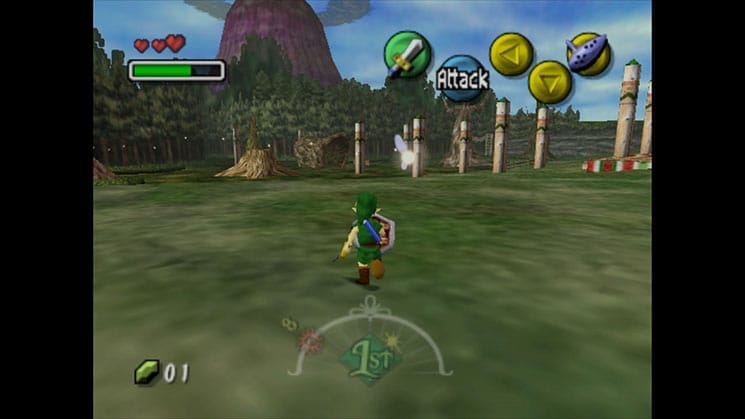
Originally called The Legend of Zelda: Gaiden (meaning “The Continuing Adventure”), and before this known as Ura Zelda¸ Majora’s Mask was revealed at Spaceworld 1999. First, it was planned for release on the Nintendo 64DD. This peripheral was only released in Japan, but Majora’s Mask was re-planned as a regular N64 release. It would, however, require the Expansion Pak to play. If you don’t remember that, it was a separate add-on graphics cartridge for the Nintendo 64 that allowed games to have enhanced graphics or use more memory (so, bigger levels or more save data). Donkey Kong 64 also required it. So even in its release plans, Majora’s Mask was a different, confusing kind of Zelda title. As the EGM article read, “Gameplay-wise, Zelda Gaiden seems similar in a lot of ways to Ocarina of Time, but thanks to the quirky (and interesting) story, there’s plenty of room for innovation.”
Other publications, like IGN, shared similar sentiment. They all noted the similarities to Ocarina but were impressed by the changes: Majora’s Mask's emphasis on masks, the parallel-universe setting, the use of time in the game, and the memory features opened up by the use of the Expansion Pak. So even though the press approached Majora’s Mask primarily as an Ocarina followup, there were indications it was something… different.
That three-day cycle until the moon crashes down is a key difference. It affects the whole structure of the game. As Link, you are constantly progressing through the same three days but going on different adventures throughout. You’ll see the same NPC characters proceed in the same ways throughout those days. You’ll have to plan dungeons romps around them; if you’ve just opened up a new dungeon and it’s the Night of the Final Day, best play the Song of Time and go back to the First Day. You’d hate to be in the middle of a boss fight when the world ends.
This ever-present disaster feeling and time management is what lent Majora’s Mask its unique atmosphere. Each side quest, area, and character in the game revolves around the central three-day ticking time bomb to catastrophe.
Nonetheless, leading up to release, the constant association with Ocarina continued. Constant comparison to its seminal predecessor would shortchange Majora’s Mask’s offerings. There had been no such comparisons made between the other Zelda titles, though they also had not shared so many similar resources, either. Seeing Majora’s Mask as a direct complement to Ocarina compromises seeing it as its own adventure.
In short, being developed and released in the shadow of Ocarina didn’t help Majora’s Mask, and it’s taken hindsight to see what a masterful game it was in its own right.
My Own Experience: A Weird Start
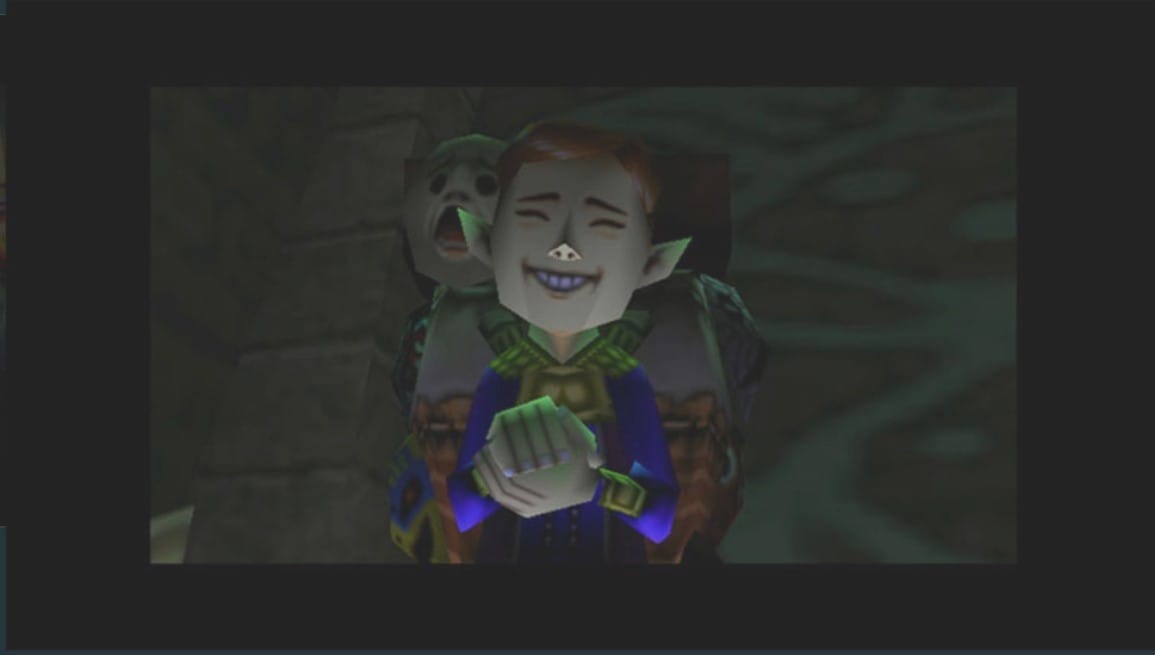
As for personal experiences with the game, my own mirrors the lead up to release. I experienced a very different kind of Zelda experience than what had been anticipated.
Being in North America, I unfortunately could not join in for the excitement of the Majora’s Mask Japanese release. However, I was there for the U.S. launch later in the year, during October. My key impressions of the game were certainly of its bizarre world, rendered in the same graphics as Ocarina but still so fantastically different. With a dark start and a weirdly personal conflict, it felt like a completely different Zelda experience.
For most of the early game, Link isn’t even his regular self, but a Deku. Right from the start, players are also grappling with a complicated, three-day-based time mechanic. Plus, there isn’t a “Hyrule, Ganon, and Zelda” world-scale adventure setup. Like Link’s Awakening, this one establishes a more personal, small-world conflict. Link is assaulted by a mischievous “skull-kid” in the forest, who then steals his horse and ocarina (the one of time). Following this assailant, Link is taken to an alternate universe threatened by a falling moon. The moon also has a face. And there’s the ever-smiling, creepy Happy Mask Salesman. In short, this game is bizarre and far off the beaten path for Zelda.
I enjoyed exploring its world and collecting all the masks, even the ones that required surgically precise movement throughout the three-day time clock. But what remains with me about Majora’s Mask is that weird, personal tone that it established early on. This is a journey of Link’s, with nothing to do with Hyrule or the Triforce. It’s a side tale, a small adventure. And even with all the comparisons made to Ocarina, it’s no less than obviously clear that Majora’s Mask is its own experience. I found that out within the first hour.
This Day In Japan
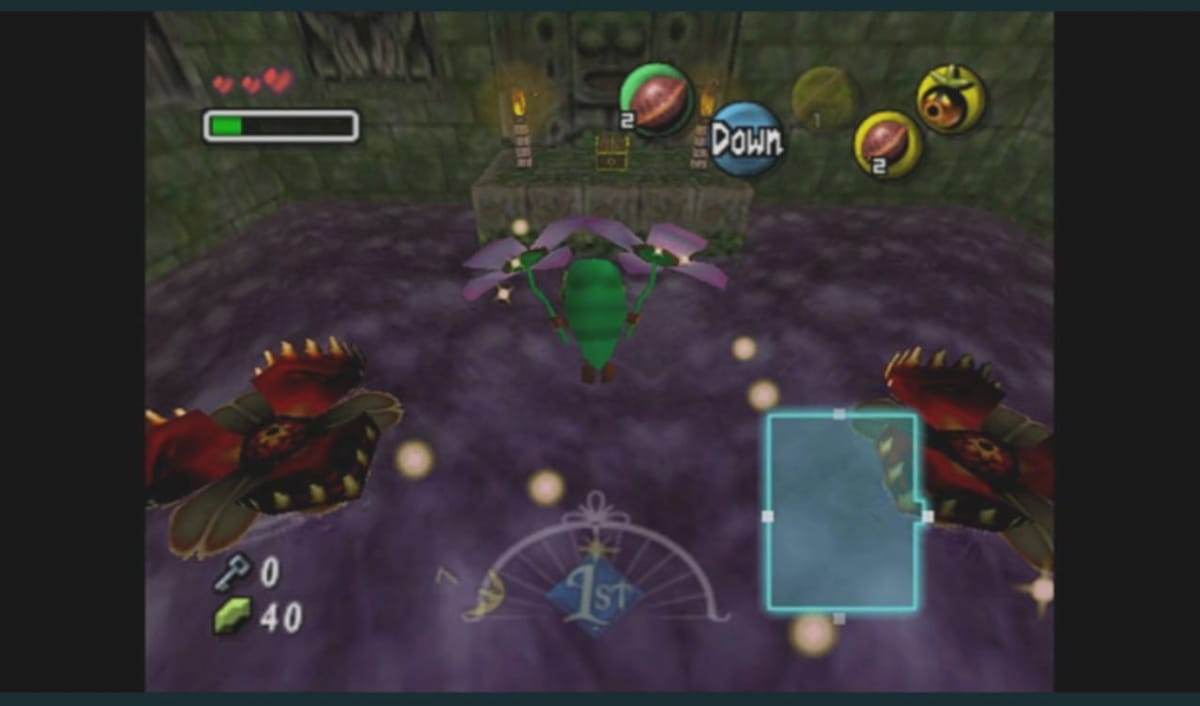
Some fans have documented the differences between the Japanese and international releases of Majora’s Mask. Simply put, there aren’t that many major ones, but quite a few minor ones. From one video, it looks like the U.S. release saw some bug improvements. Another important difference has to do with saving in the game.
In the U.S. version, you save in Majora’s Mask by rewinding time to the first of the three-day cycles or by using one of several owl statues throughout the game. In the Japanese release, however, you cannot save at these statues and so must rely on the time-rewind saving. This means that the Japanese version has three save slots to the U.S.'s two, but also that there’s just one save method, and it means restarting the three-day cycle each time you want to save.
There are some minor aesthetic differences. The coloring for the “The Legend of” in the logo is gold in the Japanese version, but overall it’s the same bizarre game. With the six-month gap between releases, you’d think there’d be more.
So whether you were in Japan or elsewhere this day 20 years ago, feel free to celebrate Majora’s Mask. Each of its releases essentially held the same off-beat Zelda experience. This is the day when the first of those releases landed and the world got its taste of Link’s strangest tale.
Conclusion: A Weird, Enjoyable Zelda
Despite being an Ocarina followup, Majora’s Mask was its own weird experience. It’s become a cult classic and many love it or hate it. I remember it most for starting out on such a different foot for a Zelda title.
If you missed the original release, there’s also the 3DS re-release. It’s now over five years old itself, but provides by-and-large the same bizarre experience as the original. And if last year’s Link’s Awakening remake whet your appetite for an off-center Zelda experience, then look no further than Majora’s Mask.
Have a tip, or want to point out something we missed? Leave a Comment or e-mail us at tips@techraptor.net
